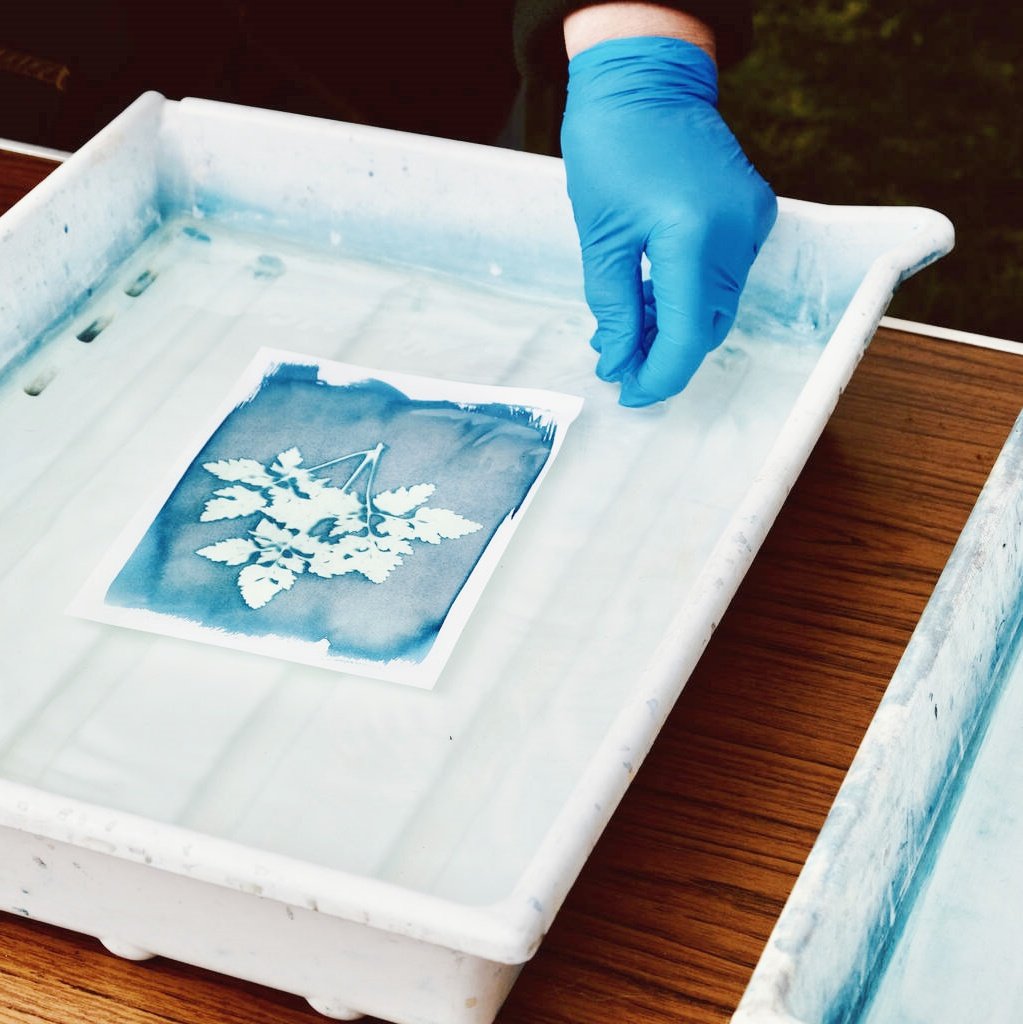In the printing industry, softening plastisol ink is highly favored for its good adhesion, vibrant colors, and wide applicability. Especially in simulated process screen printing, softening plastisol ink can provide a smooth and durable printed effect. However, during the printing process, this type of ink may also encounter some problems. This article will delve into these issues and provide corresponding solutions to ensure your printing jobs run smoothly.
I. Preparation Issues with Softening Plastisol Ink Before Printing
1. Uneven Ink Mixing
Before printing, if the softening plastisol ink is not thoroughly mixed, it may result in uneven color or poor printing results. This usually occurs after the ink has been sitting for a long time, causing the pigments and resins to separate.
Solution:
- Use an electric mixer or manual stirring rod to thoroughly stir the ink, ensuring even distribution of pigments and resins.
- Conduct small-batch tests before printing to check for color uniformity.
2. Ink Viscosity Too High or Too Low
Viscosity is a critical factor affecting ink fluidity. Excessively high viscosity may make it difficult for the ink to pass through the screen, while excessively low viscosity may result in blurred printed patterns.
Solution:
- Use a viscometer to measure the ink’s viscosity and adjust it as needed.
- Add thinner or thickener to change the ink’s viscosity, but be careful not to over-add, as it may affect the printing effect.
II. Common Issues and Solutions During the Printing Process
1. Screen Clogging
Screen clogging is a common issue during the printing process, especially when using softening plastisol ink. This can be caused by particles in the ink being too large or the ink drying too quickly during the printing process.
Solution:
- Use a screen with a finer mesh count to reduce the likelihood of particles clogging the screen.
- Clean the screen with a solvent or special cleaner before printing to ensure the screen surface is clean and free of impurities.
- Regularly check the drying speed of the ink and adjust it as needed.
2. Blurred Printed Patterns
Blurred printed patterns may be caused by excessive ink fluidity, insufficient screen tension, or excessive printing speed.
Solution:
- Adjust the ink’s viscosity to make it more suitable for printing.
- Check the tension of the screen to ensure it is moderate.
- Reduce the printing speed to give the ink more time to transfer to the substrate.
3. Uneven Ink Drying
Uneven ink drying may be caused by excessive humidity, low temperature in the printing environment, or ink formulation issues.
Solution:
- Control the humidity and temperature of the printing environment to ensure they are within the appropriate range.
- Use ink containing a drying agent to accelerate the drying process.
- Conduct small-batch tests before printing to check the drying effect of the ink.
III. Common Issues and Solutions After Printing
1. Uneven Surface of the Printed Product
An uneven surface of the printed product may be caused by incomplete ink curing or an uneven substrate surface.
Solution:
- Ensure the ink is fully cured after printing. A heat gun or oven can be used to accelerate the curing process.
- Check the surface quality of the substrate to ensure it is flat and flawless.
2. Insufficient Ink Adhesion
Insufficient ink adhesion may be caused by improper substrate surface treatment, ink formulation issues, or poor printing environment.
Solution:
- Perform appropriate surface treatment on the substrate, such as sanding, cleaning, or applying a primer.
- Choose an ink formulation suitable for the substrate.
- Ensure the printing environment is suitable, avoiding excessive humidity or low temperatures.
3. Ink Cracking or Peeling
Ink cracking or peeling may be caused by too fast ink curing, excessive substrate stretchability, or incompatibility between the ink and the substrate.
Solution:
- Adjust the curing speed of the ink to avoid too fast curing.
- Choose an ink formulation compatible with the substrate.
- Conduct sufficient tests on the substrate before printing to ensure it is suitable for using softening plastisol ink.
IV. Common Issues and Solutions in Special Applications
1. Printing on Soft Materials
When printing on soft materials such as textiles or leather, the ink may penetrate too much or have insufficient adhesion.
Solution:
- Use ink formulations specifically designed for soft materials, such as those containing softeners or thickeners.
- Adjust the printing pressure and speed to accommodate the characteristics of soft materials.
- Pre-treat the material before printing, such as applying a primer or heat treatment.
2. Printing in High or Low Temperature Environments
Printing in high or low temperature environments may affect the ink’s viscosity, drying speed, and adhesion.
Solution:
- Use ink formulations suitable for high or low temperature environments.
- Adjust the temperature and humidity control of the printing equipment to adapt to environmental changes.
- Conduct sufficient tests before printing to ensure the ink’s performance is stable in specific environments.
Conclusion
Softening plastisol ink may encounter various problems during the printing process, but as long as we fully understand the characteristics of the ink and the requirements of the printing process, we can effectively solve these problems. By reasonably adjusting the ink’s viscosity, selecting the appropriate screen, controlling the printing environment, and conducting sufficient tests, we can ensure high-quality, high-adhesion printed products. At the same time, for common issues in special application scenarios, we can also adopt corresponding solutions to meet customer needs. In summary, the printing process of softening plastisol ink requires meticulous attention and constant adjustment, but as long as we put our hearts into it, we will surely achieve satisfactory results.


